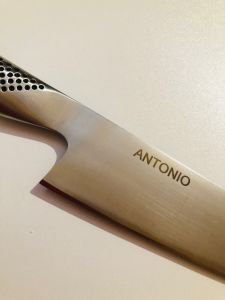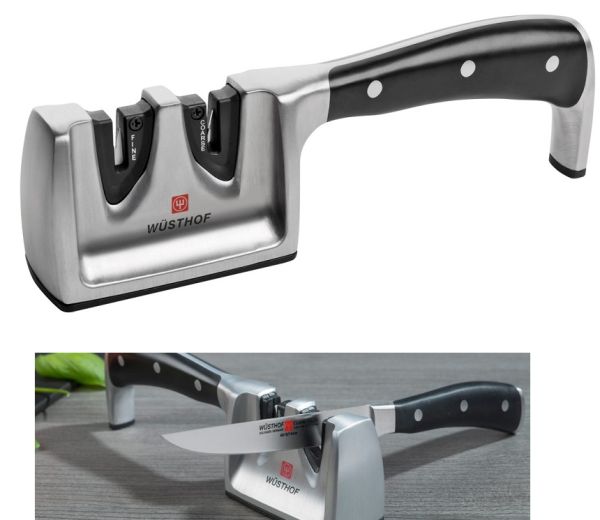Language
WORLDWIDE SHIPPING
Knife-sharpener Ikon 2 Wusthof
€42.90
€35.16
Availability:
In stock
An innovating sharpener for left-handed and right-handed people.
The sharpener has two phases of sharpening, according to the loss to which the cutting-edge is subject.
The first phase -''Coarse'' – is fit for blunted knives.
The second phase – ''Fine'' – is fit both for use after first phase and for the periodical sharpening of the blade.
Grinders in ceramics level the facets and restore the original edge of the knife.
Knives with undulated blade should be sharpened only using the second phase to remove impurities.
The well-known company Wusthof, Solingen, created this sharpener to allow even less practical people sharpen knives without problems.
Since the sharpener is set up for an edge angle of about 30 degrees, it is ideal to sharpen all types of knives.
The blade must be inserted vertically in the slit with the grinders, starting from the back of the blade in the slit chosen (phase one or phase two) and pulling towards oneself up to the point, applying a moderate pressure, while the other hand holds the handle of the sharpener.
The ergonomic handle and the non-slip base of the sharpener guarantee a safe use.
According to the level of blunting, the operation must be repeated.
Blades must be cleaned before and after sharpening, to obtain an optimal result.
Dimensions : 20,50x6x4 cm.
The sharpener has two phases of sharpening, according to the loss to which the cutting-edge is subject.
The first phase -''Coarse'' – is fit for blunted knives.
The second phase – ''Fine'' – is fit both for use after first phase and for the periodical sharpening of the blade.
Grinders in ceramics level the facets and restore the original edge of the knife.
Knives with undulated blade should be sharpened only using the second phase to remove impurities.
The well-known company Wusthof, Solingen, created this sharpener to allow even less practical people sharpen knives without problems.
Since the sharpener is set up for an edge angle of about 30 degrees, it is ideal to sharpen all types of knives.
The blade must be inserted vertically in the slit with the grinders, starting from the back of the blade in the slit chosen (phase one or phase two) and pulling towards oneself up to the point, applying a moderate pressure, while the other hand holds the handle of the sharpener.
The ergonomic handle and the non-slip base of the sharpener guarantee a safe use.
According to the level of blunting, the operation must be repeated.
Blades must be cleaned before and after sharpening, to obtain an optimal result.
Dimensions : 20,50x6x4 cm.
FAQs

 IT
IT FR
FR
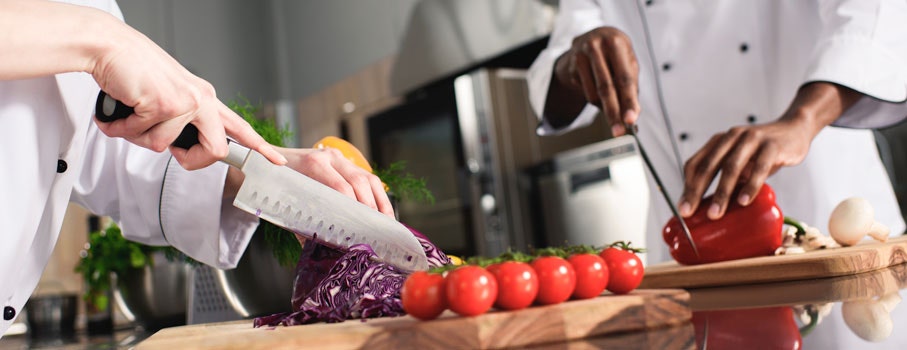
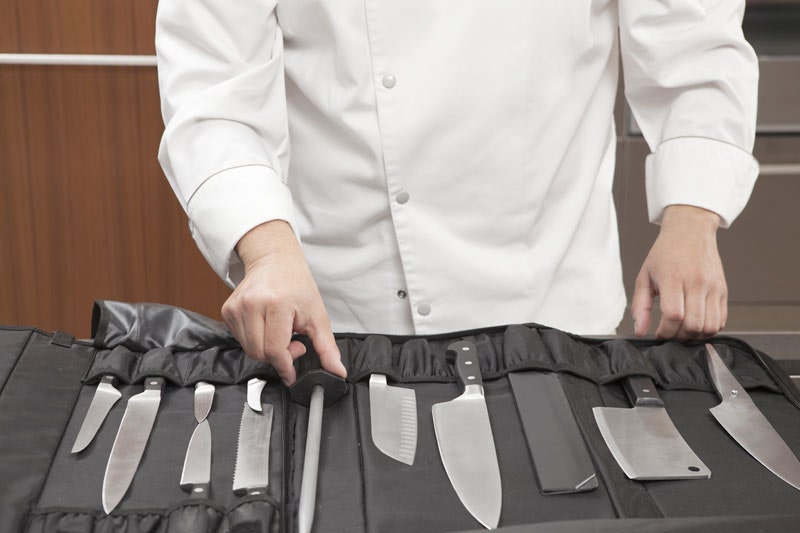
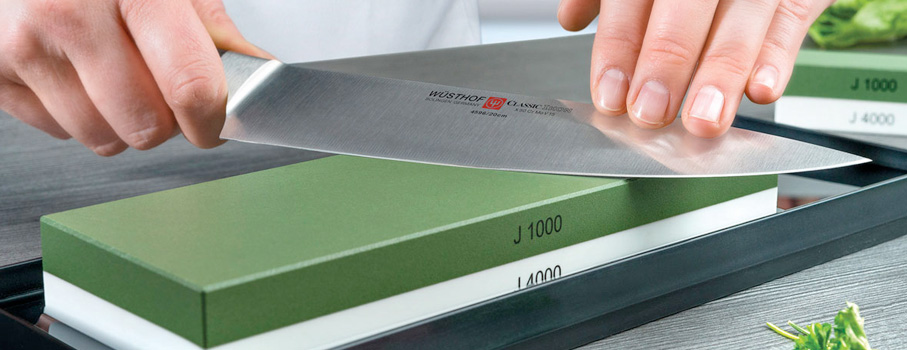
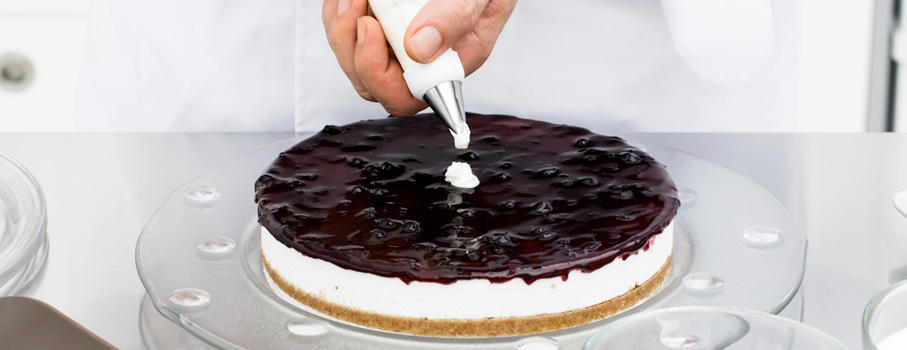

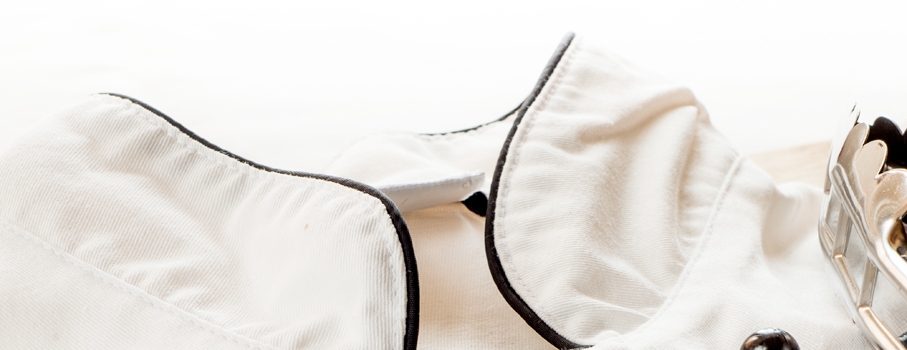
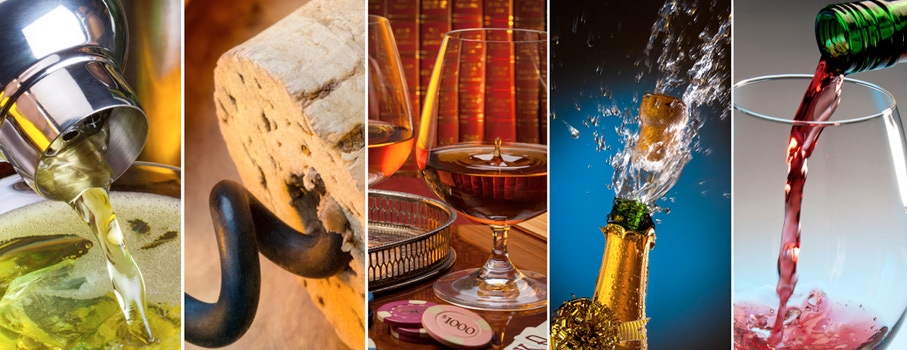
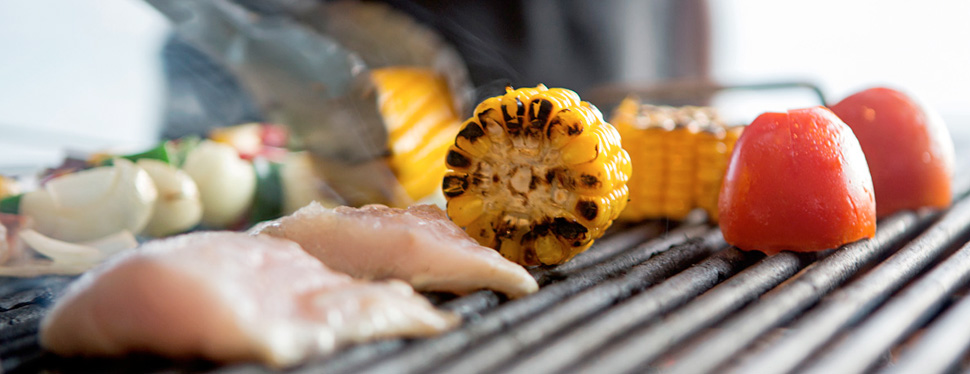

 IT
IT FR
FR
